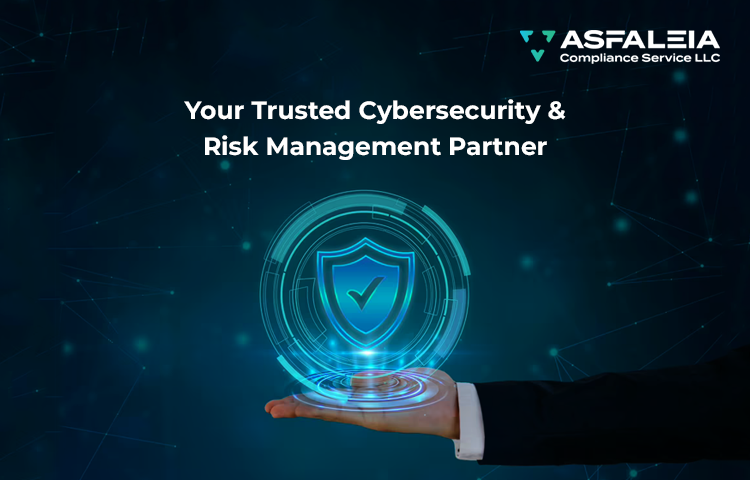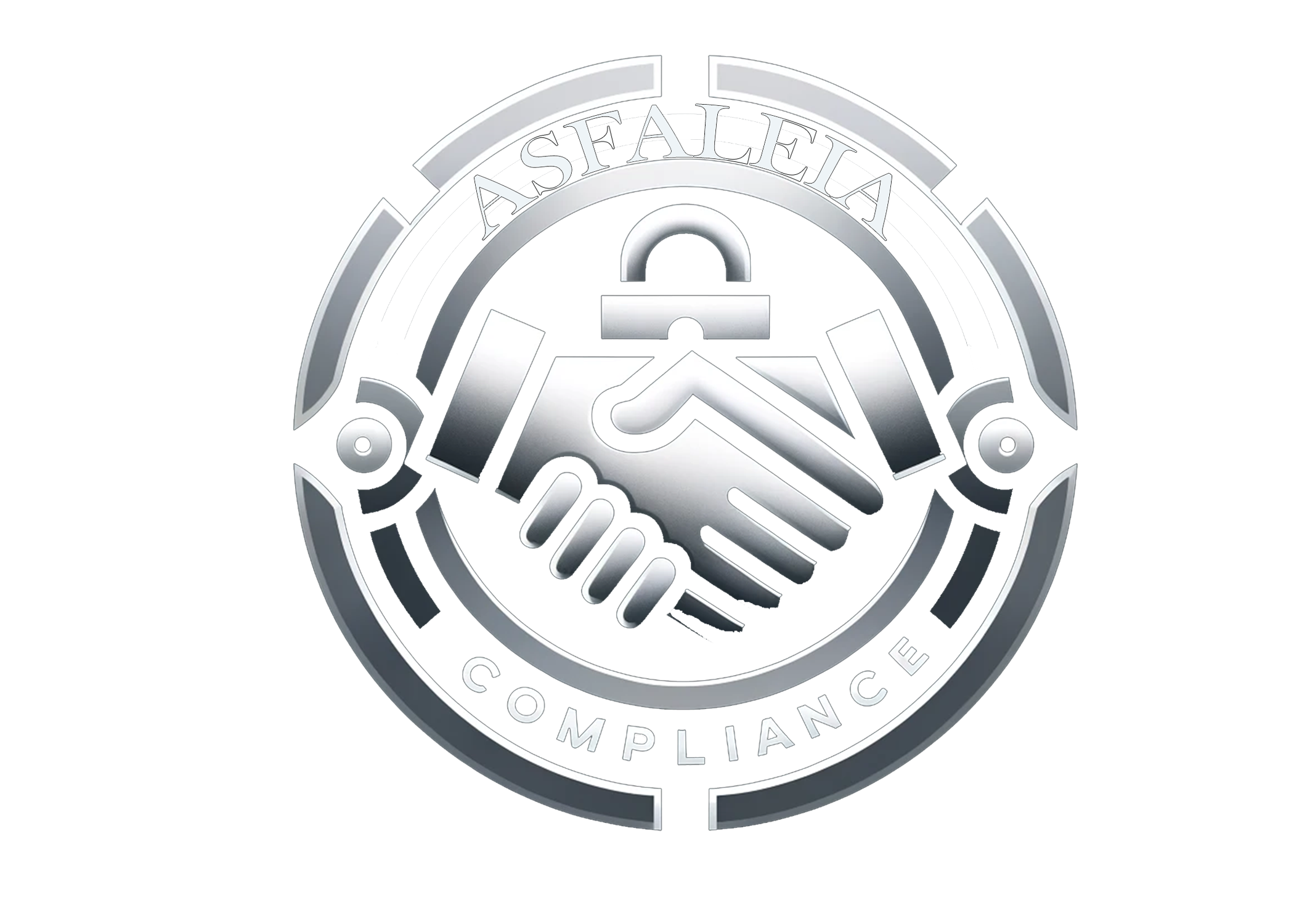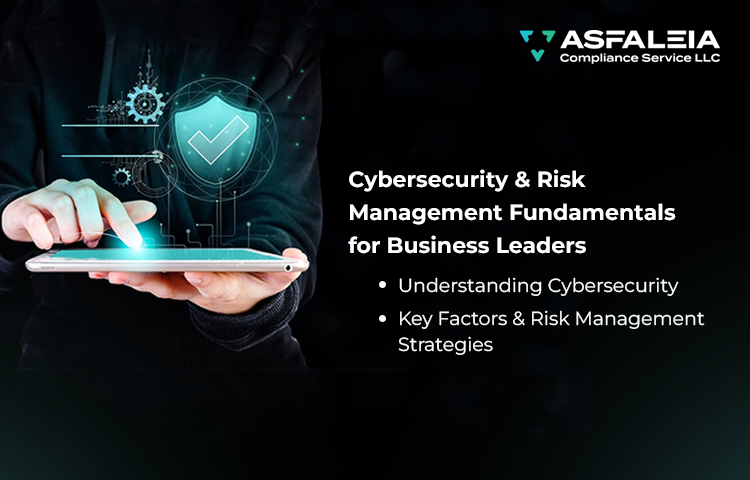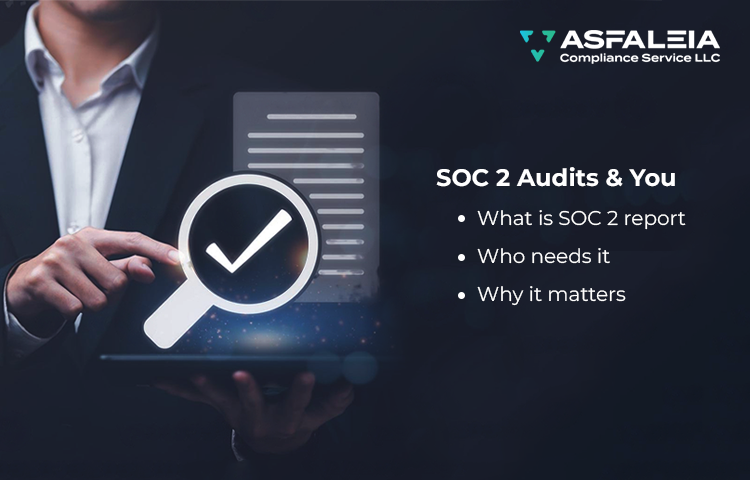In today’s digital age, increased reliance on technology exposes businesses to various cyber threats and risks. Cybersecurity and risk management have become critical aspects of business operations, demanding the attention, and understanding of business leaders.
Top executives with a solid understanding of cybersecurity and risk management fundamentals have the knowledge to make informed decisions and safeguard their organizations.
Understanding Cybersecurity: The Evolving Threat Landscape
Cyberattacks can range from ransomware and phishing scams to social engineering and data breaches. These threats constantly evolve, making it essential for business leaders to stay updated on the latest trends. Awareness of these threats enables leaders to develop proactive measures and allocate resources accordingly.
Key Factors in Cybersecurity – People, Processes & Technology
Each factor plays a crucial role in safeguarding sensitive information, mitigating threats, and ensuring the overall security of digital environments.
- People
The human element is an integral part of any cybersecurity framework. People include employees, users, and stakeholders who interact with digital systems and networks.It is essential to cultivate a cybersecurity awareness and education culture among individuals. Training programs can enhance their understanding of best practices, threat detection, and incident response protocols. - Processes
Processes refer to the procedures, policies, and protocols that govern cybersecurity operations within an organization.Processes include:- Risk Assessment
- Vulnerability Management
- Incident Response
- Disaster Recovery Planning
Effective strategies ensure consistency, efficiency, and industry standards and regulations compliance.
- Technology
Technology forms the foundation of any cybersecurity strategy. It encompasses hardware, software, and infrastructure to secure networks, systems, and data. Robust firewalls, encryption tools, intrusion detection systems, and access controls are examples of technological measures that help safeguard digital environments.Regular updates, patch management, and system monitoring are vital to ensure the effectiveness of these security technologies.
The Importance of a Security Culture
Creating a strong security culture is vital for an organization’s cyber resilience. Business leaders should foster an environment where security awareness and best practices are ingrained in the company’s DNA.
It includes training employees to identify and report potential threats, implement strong password policies, and regularly update software and systems.
Protecting Data and Information
Data is one of the most valuable assets for any business. Leaders must understand the importance of data protection and implement robust measures to safeguard it. It involves encryption, access controls, regular backups, and data classification based on sensitivity.
Risk Management Strategies for Robust Cybersecurity
- Identifying and Assessing Risks
Risk management involves identifying potential threats and vulnerabilities impacting the organization’s operations.Conducting regular risk assessments helps business leaders understand the level of risk exposure and prioritize mitigation efforts accordingly. Evaluating physical security, network infrastructure, and third-party vendor relationships fall under its gamut.
- Developing a Risk Management Framework
A risk management framework provides a structured approach to managing risks effectively. The framework should address incident response, business continuity planning, and disaster recovery.Business leaders should establish policies and procedures that align with industry standards and regulatory requirements.
- Continuous Monitoring and Adaptation
Cybersecurity is an ongoing process that requires constant monitoring and adaptation.Top management should implement systems and tools to detect and respond to potential threats in real time. It may involve intrusion detection systems, security information and event management (SIEM) solutions, and regular vulnerability assessments.
- Collaboration and Communication
Cybersecurity is a collaborative effort that extends beyond the boundaries of a single organization. Business leaders should partner with industry peers, government agencies, and cybersecurity experts. Sharing information and best practices enhances collective defenses against cyber threats.Clear and effective communication is crucial during cyber incidents. CXOs should establish incident response plans, clearly define roles and responsibilities, and establish communication channels for incident reporting.
Regularly testing and updating these plans ensure an efficient response to potential cyber incidents.
- Allocating Resources
Top management must allocate sufficient resources to cybersecurity initiatives, including budgeting for security tools, training programs, and personnel.It is an investment in the organization’s long-term success, as it helps protect customer trust, brand reputation, and intellectual property.
- Evaluating Third-Party Risk
Many organizations rely on third-party vendors for various services and products. However, these relationships can introduce additional cyber risks. Business leaders should assess and manage their vendors’ cybersecurity posture to ensure they meet the necessary security standards.
Embracing cybersecurity as a priority and integrating risk management strategies into business operations will enhance the overall resilience of the organization.
Enhancing Cybersecurity and Risk Management through SOC 2 Compliance
SOC 2 compliance is a crucial framework for businesses to secure their systems and protect sensitive data. By achieving SOC 2 compliance, organizations can bolster their cybersecurity and risk management efforts, gain customer trust, and achieve operational excellence.
SOC 2 compliance helps in:
- Building Customer Trust
- Mitigating Risks and Vulnerabilities
- Gaining a Competitive Edge
- Improving Operational Efficiency
Asfaleia provides independent high-quality SOC 2 readiness assessments and examination/audit services to organizations looking to build trust while increasing security and reducing risk.
Strengthen your security controls, mitigate cyber risks, and safeguard your valuable assets with SOC 2 compliance.

Frequently Asked Questions
-
Why is understanding cybersecurity and risk management important for business leaders?
Business leaders must understand cybersecurity and risk management to protect their organization’s assets, reputation, and customer trust. It helps mitigate potential threats, comply with regulations, and minimize financial losses.
-
What are the key components of cybersecurity and risk management for top management?
The key components are:
- Assessing risks
- Implementing security controls
- Training employees
- Developing incident response plans
- Staying updated with emerging threats
- Establishing a security-conscious culture throughout the organization
-
How can business leaders integrate cybersecurity and risk management into their operations?
Business leaders can integrate cybersecurity and risk management by:
- Conducting regular risk assessments
- Implementing strong access controls
- Encrypting sensitive data
- Monitoring network traffic
- Collaboration with IT teams
- Investing in robust security technologies
-
How can business leaders stay updated on the evolving cybersecurity landscape?
Business leaders should participate in industry conferences, join professional networks, and engage with cybersecurity experts. Subscribing to reputable security publications and leveraging training programs can help them stay informed about the latest threats and best practices.
-
How does SOC 2 compliance enhance cybersecurity and risk management efforts?
SOC 2 compliance identifies vulnerabilities, strengthens security controls, and mitigates risks. It ensures adherence to standards, protects against data breaches, and enhances overall cybersecurity and risk management.
-
How can Asfaleia assist in achieving SOC 2 compliance?
Asfaleia specializes in guiding businesses through SOC 2 compliance. We assess readiness, develop controls, conduct the audit, and address findings, ensuring efficient and effective compliance. Contact us for a consultation.



